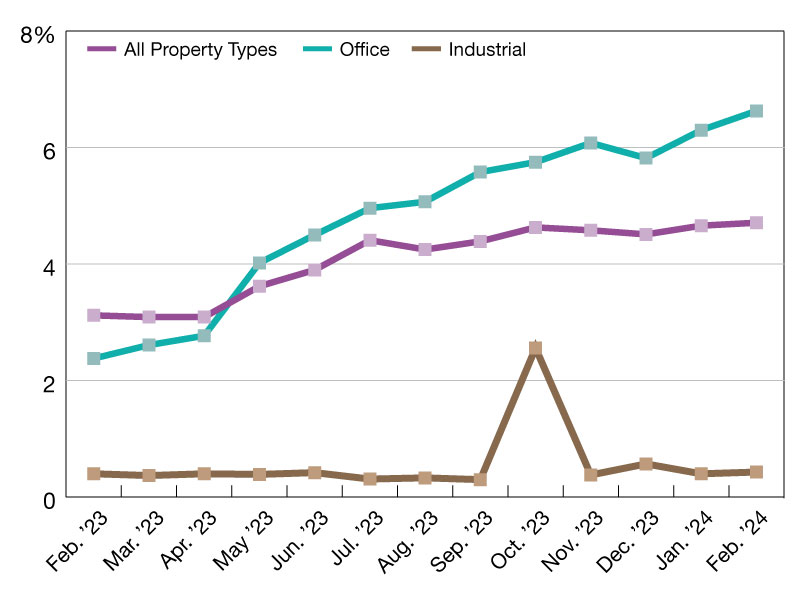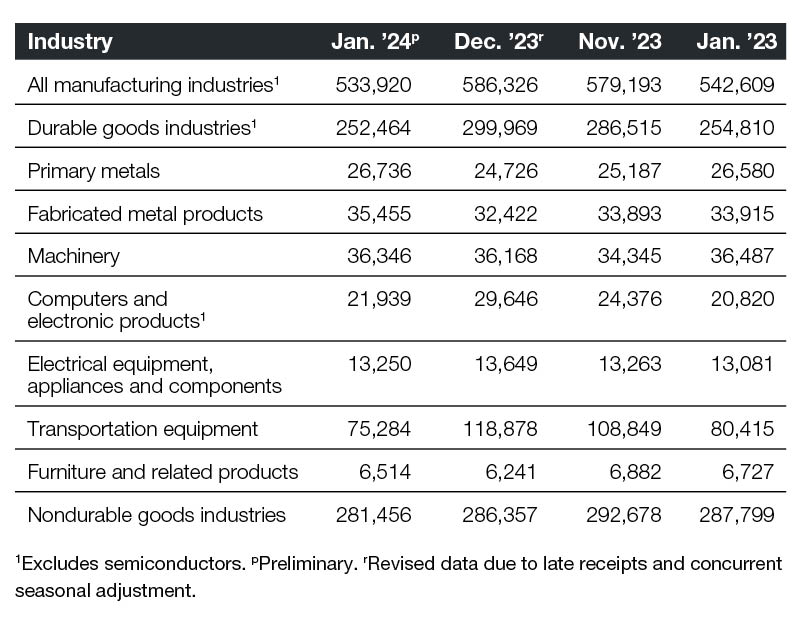How Technology Is Changing the Small-Balance Business
Sabal Capital Partners’ Pat Jackson discusses the evolution of the small-balance lending market and what makes businesses in the field competitive.
By Alexandra Pacurar
The small-balance lending market has grown constantly after the recession, filling a gap in the credit landscape. Companies in the sector boast double-digit yields and are not considering any major disruptions in the years to come. However, the niche is not without its weaknesses. The most notable one is scale, according to Pat Jackson, founder & CEO of Sabal Capital Partners. Jackson, also founder of Sabal Financial Group, revealed his views on the evolution of the small-balance lending market and pinpointed the steps to creating a competitive financing company.
What can you tell us about the evolution of the small-balance sector over the last few years?
Jackson: In the wake of the banking crisis in 2009, many banks withdrew from small-balance commercial real estate lending, leaving a lack of reliable, consistent debt solutions for the national marketplace. This resulted in considerable unmet demand, specifically for loans in the approximately $1 million to $7.5 million area.
One of the most notable solutions to follow was the Freddie Mac Small Balance Loan Program, which was launched to help fill this void. Operating via a select group of lenders, the program enjoyed immediate, rapid adoption and has consistently demonstrated year-over-year growth.
What are the main trends related to this financing sector?
Jackson: Small-balance loan products for commercial real estate properties are subject to the same underwriting standards as their large loan counterparts. During the last cycle, the industry observed a blurring of the lines between small-balance commercial lending and residential consumer lending practices.
We have witnessed firsthand why this trend was not a prudent credit practice. Currently we are seeing that commercial real estate loans above $1 million are staying true to the fundamentals of property loan-to-value and net operating income requirements that ensure solid performance.
What are the challenges in the small-balance loan market? How can these difficulties be overcome?
Jackson: Scale is the primary challenge in the small-balance loan arena. Underwriting a small loan properly requires the same amount of work as underwriting a large loan, resulting in a similar time investment and less total profit. The margins, in terms of per loan economics, are thus much thinner. Instead of cutting due diligence standards for small loans, companies like Sabal are finding ways to be more efficient and, with scale, can achieve success while maintaining solid credit practices.
One key way to achieve scale is by leveraging technology to improve loan processes, driving efficiencies through key automation. Sabal was one of the first to do this with the introduction of our proprietary SNAP online loan processing system. We continue to make advances in our platform to ensure we are ahead of the curve.
What does the profile of the small-balance borrower look like in 2018 as compared to past years? How have the needs of borrowers evolved?
Jackson: The profile of the small loan borrower will remain the same while credit standards remain rational. As long as regulators continue to monitor bank underwriting practices, we should expect positive results. From Sabal’s perspective, we are focused on true commercial real estate investors with longer-term investment strategies. These investors are focused on net operating income and property performance over a longer time period.
The borrowers for these loans want solid execution and are unwilling to suffer the uncertainty of their loans falling into a black hole. Technology innovations are helping to meet the specific needs of borrowers, giving them the ability to participate in, and monitor, the loan process from start to finish with greater ease and improved transparency.
What are the key points for successfully operating as a small balance lender?
Jackson: It is of paramount importance that a small-balance platform leverages both a highly experienced team and technology advances for a superior offering. We recognize that driving scale through efficiencies in the loan process, while maintaining integrity in our credit practices, is what ensures success in this sector. This approach, and these components, will always outperform a model which tries to tweak a large balance lending model for a small balance application.
What are your predictions regarding small-balance lending?
Jackson: Demand for small-balance debt has increased considerably over the past three years and we expect to see this growth continue in 2018. Some of the most notable small-balance debt solutions today are being applied programmatically to help alleviate the country’s affordable and workforce housing crisis, which is an incredibly important problem that needs to be solved. Also, as small balance commercial real estate becomes more prominent in the CMBS market, expect to see more investors tracking the small balance space.
Image courtesy of Sabal Capital Partners









You must be logged in to post a comment.